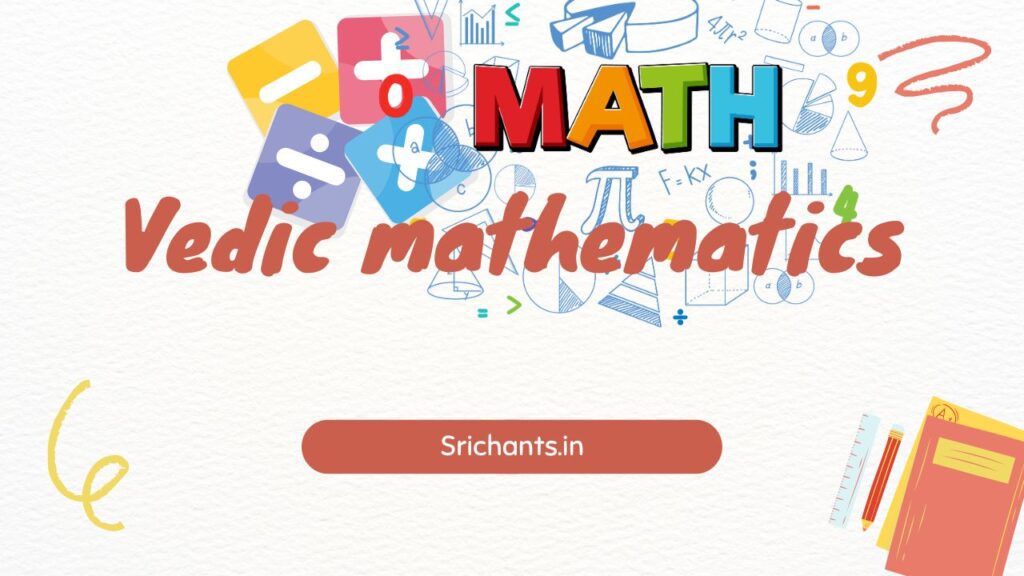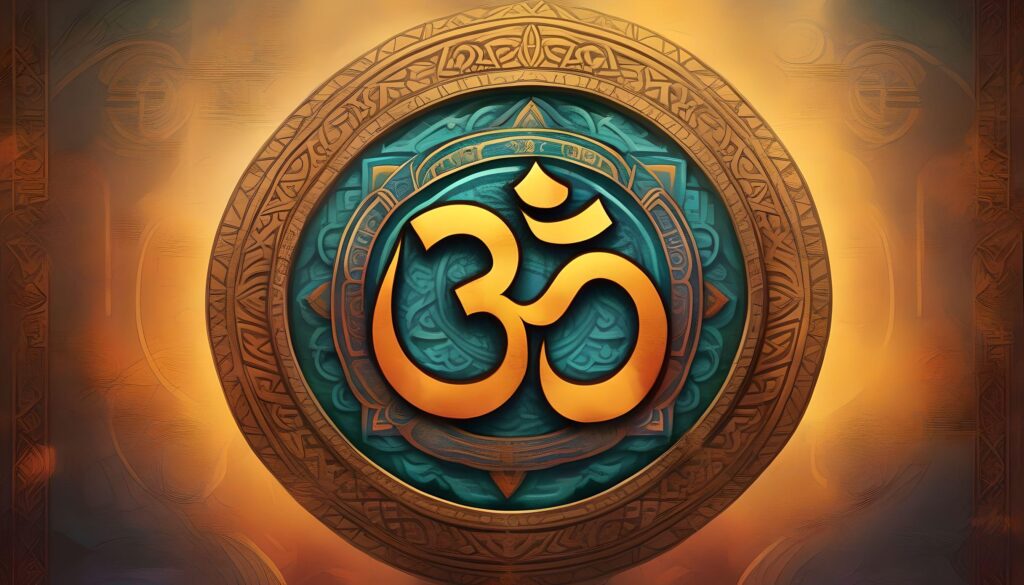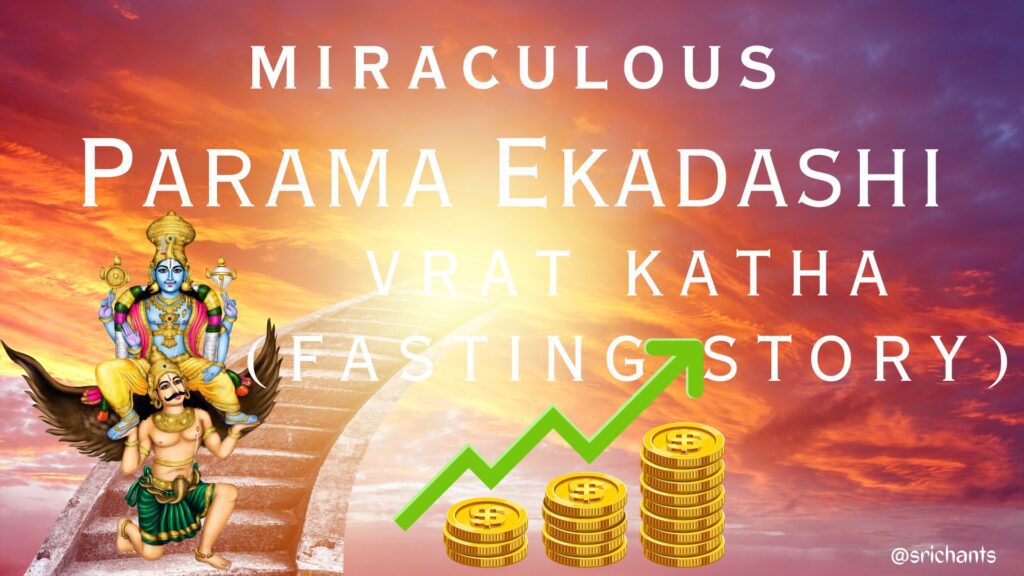Vedic Mathematics : Secrets of Ancient Mathematical Wisdom
Introduction
Mathematics transcends cultural and temporal boundaries; it is a universal language. Its development has been influenced by the contributions of each civilization throughout the centuries. Vedic Mathematics is one such ancient mathematical system that has garnered considerable interest in recent times. Purportedly originating from the Vedas, the preeminent Hindu scriptures, this system asserts to have sophisticated mathematical expertise and methodologies. An examination of the origins, publication history, reception, and incorporation of Vedic Mathematics into conventional education will be the focus of this article.
Source and Relation with the Vedas
Bharati Krishna Tirtha, an advocate of Vedic Mathematics, asserts that the discipline derives its mathematical principles from the PariʾiṎṇa, an appendix to the Atharvaveda. Scholars and mathematicians, on the other hand, have refuted this claim by demonstrating that the Vedas contain no evidence of these sutras and sub-sutras. Moreover, linguistic analysis demonstrates that the mathematical language employed in Vedic texts is more modern in nature when compared to that of the Vedic era. The absence of a correlation between Vedic Mathematics and historical mathematical advancements during the Vedic period casts doubt on its veracity as an ancient mathematical system.
Publication History and Reprints
The inaugural publication of “Vedic Mathematics,” authored by Bharati Krishna Tirtha, occurred in 1965. The book comprised forty chapters and elaborated on a variety of mathematical techniques that the author had popularized. Reprints of the book were issued in 1975 and 1978, incorporating typographical corrections. Numerous reprints have been released since the 1990s, demonstrating the enduring fascination with Vedic mathematics.
Reception
Vedic mathematics has been met with polarizing reception. While certain individuals commend its approaches and capacity to captivate students in the field of mathematics, others scrutinize its deficiency in conceptual rigor and reliance on questionable historical sources. Prominent scholars, including S. G. Dani, have refuted the assertions put forth by Vedic Mathematics, emphasizing its dependence on deception and divergence from mathematical advancements that occurred historically. The incorporation of Vedic mathematics into conventional education has been criticized by some as an attempt at saffronization, a term used to refer to the Hindu nationalist influence in education, with political motivations.
Originality of Methods
The originality of the methods utilized in Vedic mathematics has been the subject of considerable scrutiny. Similar systems have been discovered, including the Trachtenberg system and methods discussed in Lester Meyers’ book “High-speed Mathematics,” although certain techniques may be exclusive to Vedic mathematics. Furthermore, specific mathematical strategies can be identified in early Modern European treatises on calculation. It is imperative to acknowledge that Vedic Mathematics does not proffer any revolutionary principles or concepts.
Computation Algorithms
The efficacy of several algorithms suggested by Vedic Mathematics has been evaluated, with favorable outcomes. However, in comparison to conventional methods, the majority of these algorithms have a greater time complexity, which hinders their practical implementation. The inadequacy in efficiency described above is a contributing factor to the hesitancy towards integrating Vedic Mathematics into practical mathematical contexts.
Integration into Mainstream Education
Controversy ensued over the incorporation of Vedic Mathematics into the academic curricula of Uttar Pradesh and Madhya Pradesh. This action, according to its detractors, was implemented as part of a larger scheme to saffronize the education system and advance Hindu nationalism. Nevertheless, scholarly and mathematical resistance resulted in the abandonment of suggestions to incorporate Vedic Mathematics into established academic curricula. Notwithstanding this, a number of universities have implemented programs pertaining to Vedic Mathematics, and a television channel has even been dedicated to the subject.
Conclusion
Vedic Mathematics, which asserts itself to be an ancient mathematical system originating from the Vedas, has encountered skepticism and censure from mathematicians and academicians. Its authenticity is compromised by its dearth of historical evidence, dependence on deception, and deviation from established mathematical advancements that occurred during the Vedic period. Although Vedic Mathematics possesses certain advantages as an instructional tool, it is deficient in both conceptual rigor and practical implementations. In the ongoing discourse pertaining to Vedic Mathematics, it is imperative to adopt a discerning perspective and advocate for a holistic comprehension of the subject matter grounded in meticulous investigation and historical precision.
Additional Information: It is important to note that further research is needed to explore the potential cultural and historical significance of Vedic Mathematics, as well as its impact on educational practices in India.








